Human TWEAK ELISA Kit
$245.00 – $350.00
ELISA Kit Detail Information
| Related Target | |
|---|---|
| Species | human |
| Sample Type | Serum, plasma, cell culture supernatant, and other biological samples |
| Sample Volume | 50 μL |
| Sensitivity | 0.87 pg/mL |
| Array Range | 15.63 pg/mL – 1000 pg/mL |
| Assay Time | 3.5 h |
| Recovery | 88% – 117% |
| Average Recovery | 105% |
| Intra Precision | 3.7% – 6.6% |
| Inter Precision | 4.7% – 6.5% |
| Plate | Detachable 96-well plate |
| Storage | If the reagent kit is unopened, it should be stored at 4℃. However, if it has been opened, the standard solution should be stored at -20℃, while the other components should be stored at 4℃. |
| Delivery | 4℃ blue ice transportation |
| Components | 96-well polystyrene enzyme-linked immunosorbent assay (ELISA) plate coated with anti-TWEAK monoclonal antibody Human TWEAK freeze-dried standard TWEAK detect Antibody Standard Diluent Assay Buffer(10×) Substrate TMB Stop Solution Washing Buffer(20×) Sealing Film |
| Assay Principle | This kit utilizes the double antibody sandwich enzyme-linked immunosorbent assay (ELISA) detection technique.Specific anti-human TWEAK antibodies are precoated on a high-affinity ELISA plate. Standard samples, test samples, and biotinylated detection antibodies are added to the wells of the ELISA plate. After incubation, TWEAK present in the samples binds to the solid-phase antibodies and the detection antibodies. After washing to remove unbound substances, streptavidin-HRP labeled with horseradish peroxidase is added. After washing, a colorimetric substrate, TMB, is added and the plate is incubated in the dark for color development. The intensity of the color reaction is directly proportional to the concentration of TWEAK in the samples.A stop solution is added to terminate the reaction, and the absorbance value is measured at a wavelength of 450 nm (with a reference wavelength range of 570-630 nm). |
Related Targets
TNFSF12
TNFSF12 Target Infomation Overview
- Target Symbol: TNFSF12, TNF superfamily member 12
- Gene Groups: Tumor necrosis factor superfamily
- Alias: TWEAK; DR3LG; APO3L
- Alias Names: tumor necrosis factor (ligand) superfamily, member 12
TNFSF12, TNF superfamily member 12 Target Infomation by Species
- Human
- Mouse
- Rat
Human TNFSF12 Target Information
- Target Symbol: TNFSF12, TNF superfamily member 12
- Alias:
- APO3 ligand
- APO3/DR3 ligand
- APO3L
- DR3LG
- MGC129581
- MGC20669
- TNF-related WEAK inducer of apoptosis
- TNLG4A
- tumor necrosis factor (ligand) superfamily member 12
- tumor necrosis factor (ligand) superfamily, member 12
- tumor necrosis factor ligand 4A
- tumor necrosis factor ligand superfamily member 12
- tumor necrosis factor superfamily member 12
- TWEAK
- NCBI_Gene: 8742
- UniProtKB: O43508
Human TNFSF12 Predicted Functions
Predicted to enable receptor ligand activity. Involved in positive regulation of extrinsic apoptotic signaling pathway. Acts upstream of or within positive regulation of protein catabolic process. Located in perinuclear region of cytoplasm.
Mouse Tnfsf12 Target Information
- Target Symbol: Tnfsf12, tumor necrosis factor (ligand) superfamily, member 12
- Alias:
- APO3L
- DR3L
- TNF-related weak inducer of apoptosis
- Tweak
- NCBI_Gene: 21944
Mouse Tnfsf12 Predicted Functions
Predicted to enable receptor ligand activity. Acts upstream of or within extrinsic apoptotic signaling pathway. Located in extracellular region. Is expressed in Meckel’s cartilage; hip; skeleton; and superior cervical ganglion. Orthologous to several human genes including TNFSF12-TNFSF13 (TNFSF12-TNFSF13 readthrough).
Rat Tnfsf12 Target Information
- Target Symbol: Tnfsf12, TNF superfamily member 12
- Alias:
- TNF-related weak inducer of apoptosis
- Tnlg4a
- tumor necrosis factor ligand 4a
- tumor necrosis factor ligand superfamily member 12
- tumor necrosis factor superfamily member 12
- TWEAK
- NCBI_Gene: 360548
Rat Tnfsf12 Predicted Functions
Predicted to enable receptor ligand activity. Predicted to be involved in extrinsic apoptotic signaling pathway and positive regulation of extrinsic apoptotic signaling pathway. Predicted to act upstream of or within positive regulation of protein catabolic process. Predicted to be located in extracellular region and perinuclear region of cytoplasm. Predicted to be active in extracellular space. Orthologous to several human genes including TNFSF12-TNFSF13 (TNFSF12-TNFSF13 readthrough).
Citations for Human TWEAK ELISA Kit
There are no citations for this product yet.
If you buy this product and mention it in your thesis, we welcome you to provide us with the thesis information. As a thank you, we will give you some gifts, such as discount coupons.
Citations data is updating...

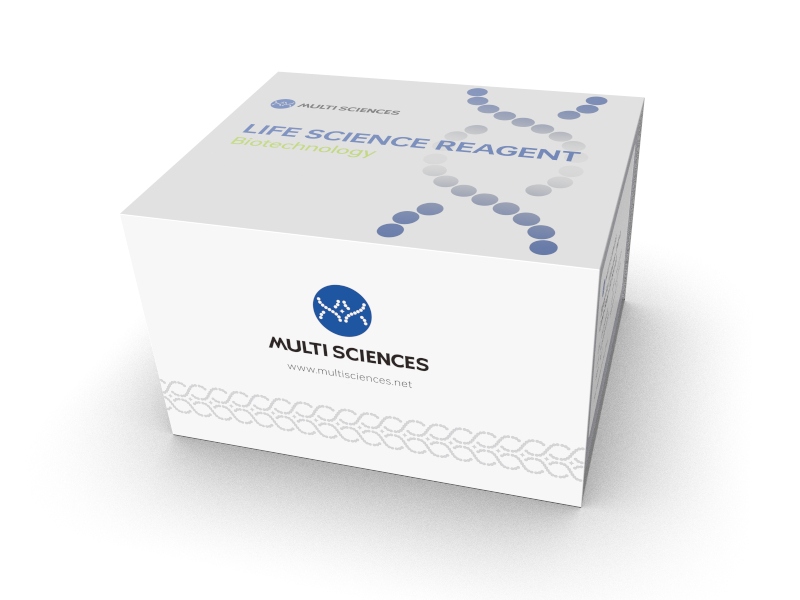
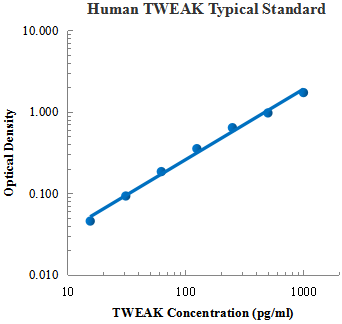
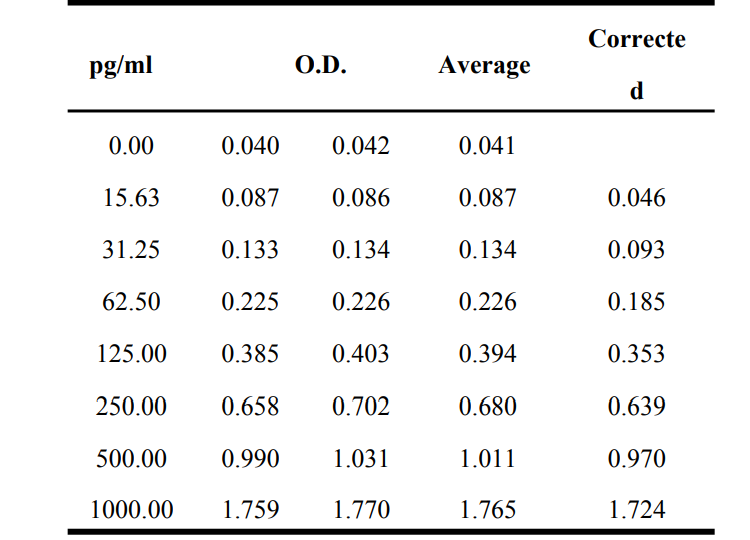

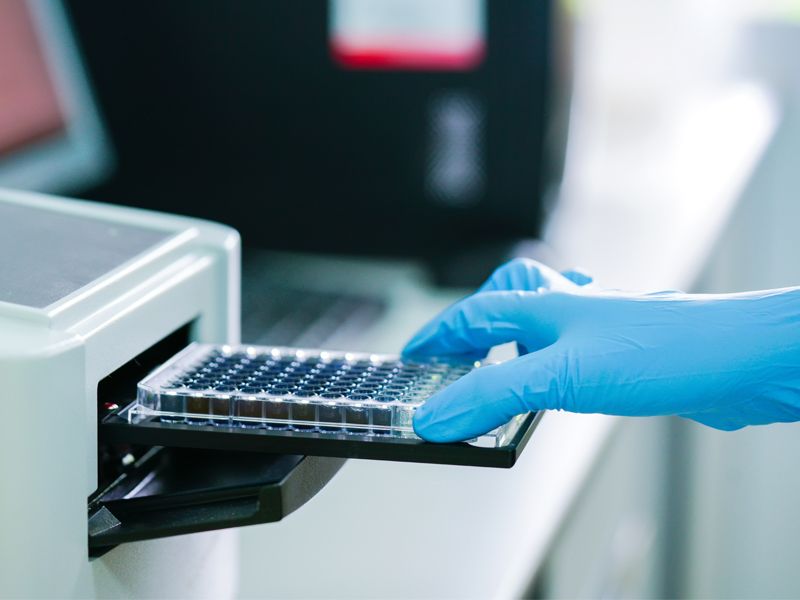
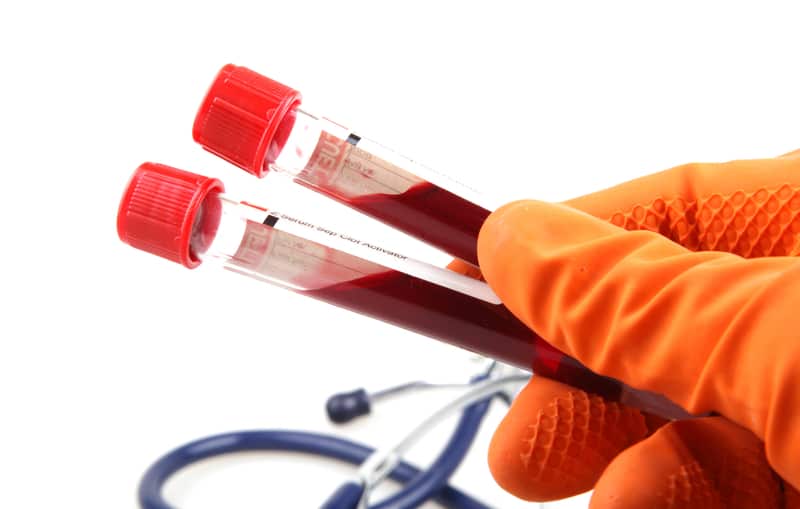
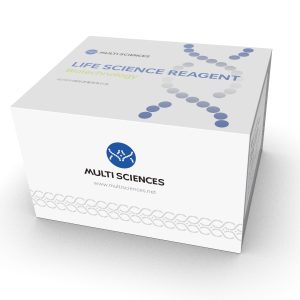
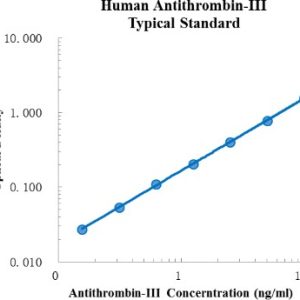
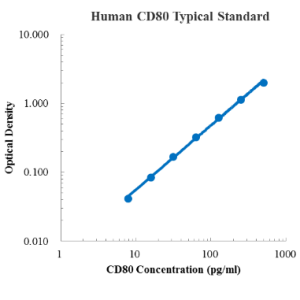
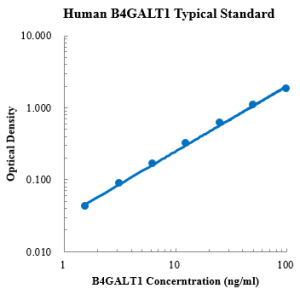
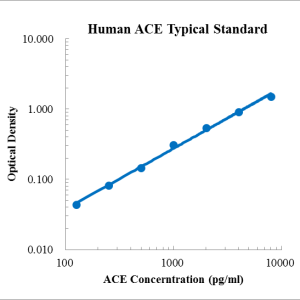
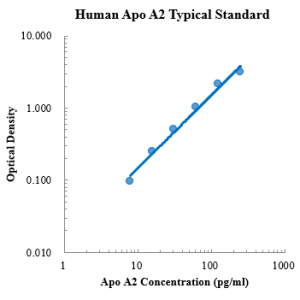
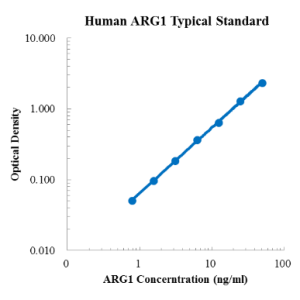
Reviews
There are no reviews yet.